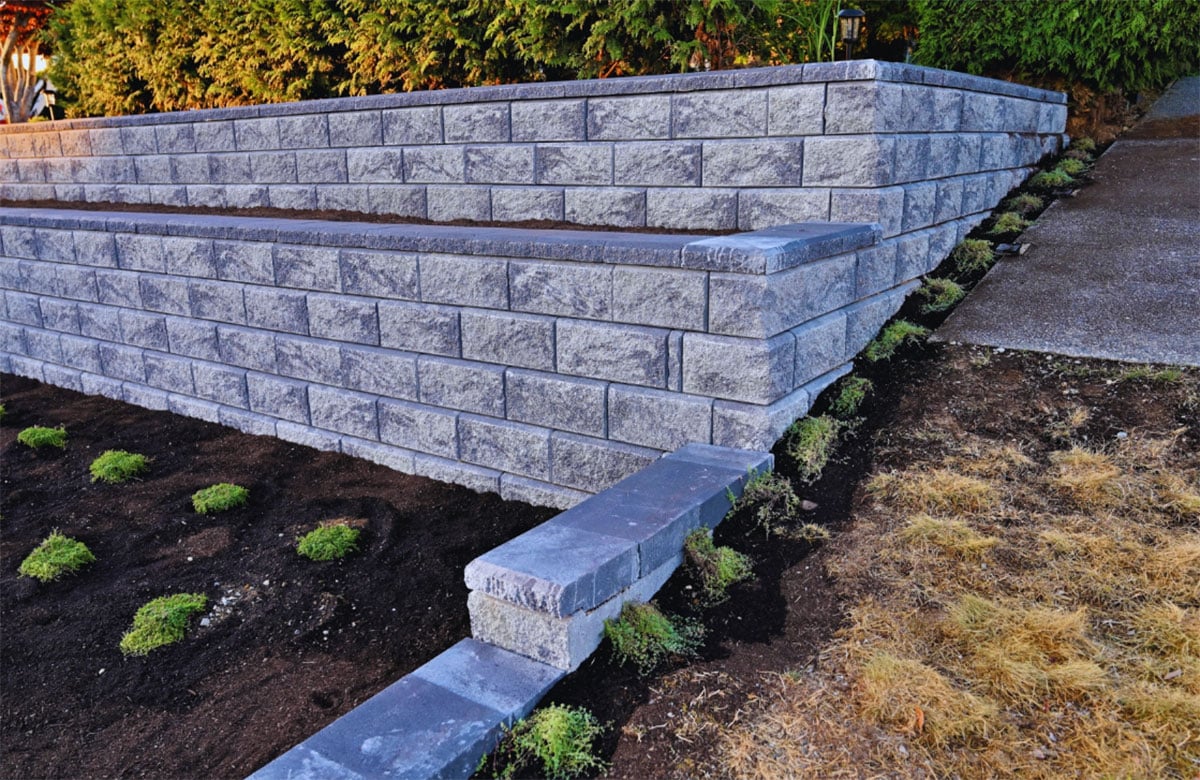How Long Does It Take for Masonry Paint to Dry? A Detailed Insight
The question ‘how long does it take for masonry paint to dry’ is crucial for anyone planning to revamp their exterior walls. Understanding the drying time not only helps in planning the painting schedule but also ensures optimal results. Knowing about the other important aspects of masonry painting, including preparation and application, can be beneficial too.

Understanding Masonry Paint
Masonry paint is specifically designed for brick, stone, and concrete surfaces. Its composition makes it durable and resilient to weather conditions. Due to its robust nature, masonry paint is a favorite among homeowners and professionals for exterior walls.
Factors Influencing Drying Time
Several factors can influence the drying time of masonry paint:
- Weather Conditions: Humidity and temperature significantly impact drying times.
- Surface Porosity: More porous surfaces may absorb paint quicker, affecting drying times.
- Paint Type: Different brands and types may have varying drying requirements.
Typical Drying Time
On average, masonry paint takes about 4 to 6 hours to touch dry. However, its advisable to wait at least 24 hours before applying another coat or exposing the surface to adverse weather conditions.
Importance of Surface Preparation
Before you begin painting, its crucial to prepare the surface properly. This includes cleaning the walls and fixing any cracks in masonry walls to ensure an even finish.
Tools and Materials Needed
Gather all necessary tools such as brushes, rollers, and protective gear. Invest in quality masonry paint to achieve the best results.
Weathers Role in the Drying Process
Its best to paint on a dry, warm day. Avoid painting when rain is forecasted as moisture can prolong drying times and affect overall finish quality.
Humidity Levels
High humidity can slow down the evaporation process, hence its vital to ensure lower humidity levels during application.
Choosing the Right Time to Paint
Opt for consistent temperatures but avoid extremely high temperatures as they can cause the paint to dry too fast, leading to cracks.
Use of Primer
Applying a primer might extend the overall process but it enhances adhesion and durability, helping the paint to last longer.
Multiple Coats Requirement
For deeper colors and optimal coverage, more than one coat might be necessary, which requires careful planning around drying times.
Time Between Coats
Allow proper curing time between coats to avoid blotchy finishes. Refer to manufacturers guidelines for accurate waiting periods.
Using Quality Products
Investing in high-quality products can considerably affect the finish and longevity. Check out how to perform masonry repair before applying new paint to ensure durability.
Protecting the Surface
Once done, ensure the surface is protected from rain and dust to prevent damage.
Using Protective Sheeting
In case of unpredictable weather, use protective sheeting to safeguard newly painted surfaces.
Understanding Curing and Drying Difference
Curing is different from drying. While drying is the surface being dry to touch, curing involves the paint hardening completely, which might take weeks.
Professional Help Consideration
For large projects, consider professional help to ensure timing and results are optimal. Planning properly is crucial when undertaking significant renovations like drilling into masonry for durable outcomes.
Why Hire Professionals?
They have the expertise and knowledge about the best practices and weather conditions conducive to painting.
Patience Pays Off
Allowing the paint sufficient time to dry guarantees long-lasting results that enhance your homes exterior.
The Benefits of Masonry Paint
Beyond aesthetics, masonry paint provides a protective layer against weather elements, preserving the integrity of your walls.
Durability Factor
Its durability makes it a wise investment for lasting home improvement results.

FAQ
- Does humid weather affect drying time? Yes, higher humidity slows down the paint drying process.
- How many coats are typically needed? It depends on the color and condition of the surface, but typically two coats are recommended.
- Can masonry paint be applied in cold weather? Its not advisable as colder temperatures can prolong the drying period significantly.
For more detailed insights on masonry construction, you can visit an informative blog by NY Engineers. Enjoy your home improvement journey, ensuring each step is paced correctly for the best outcomes!
This article contains affiliate links. We may earn a commission at no extra cost to you.
